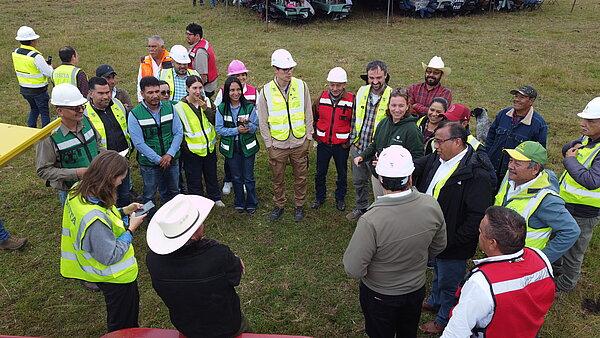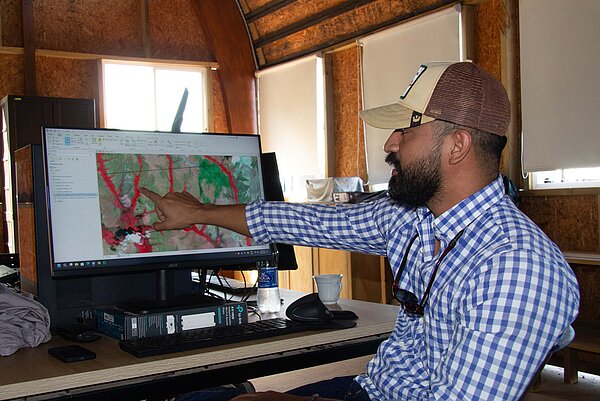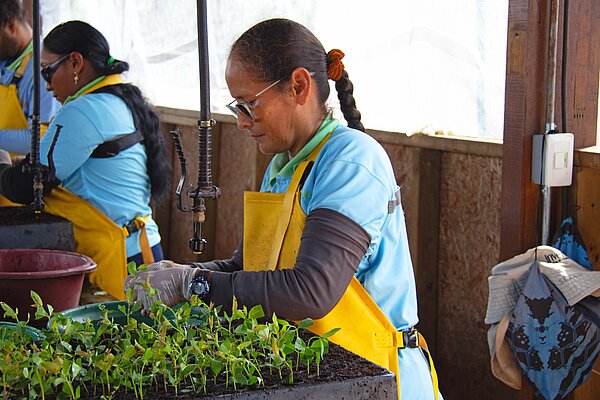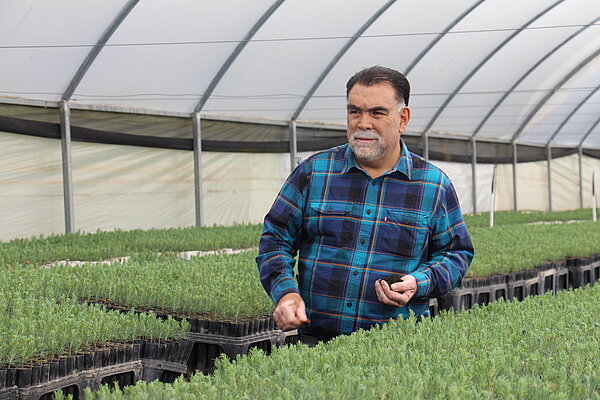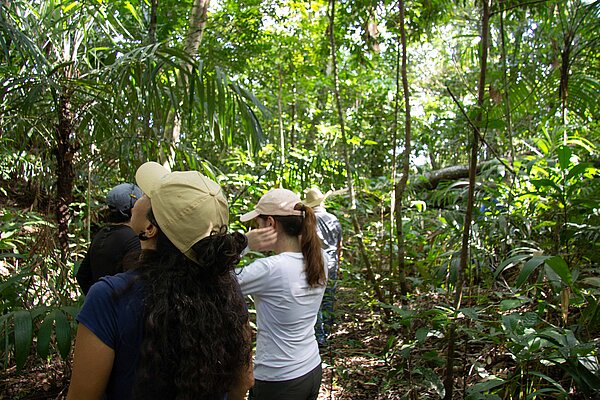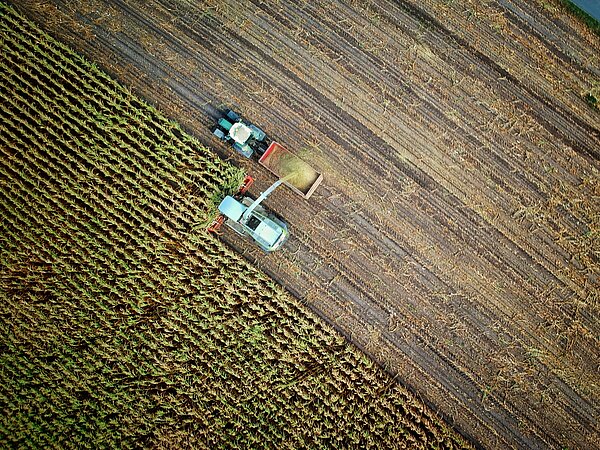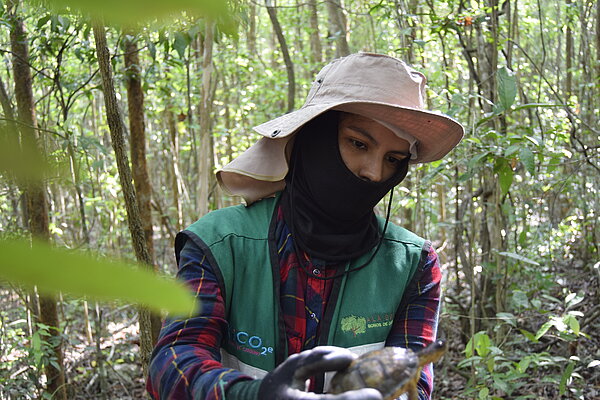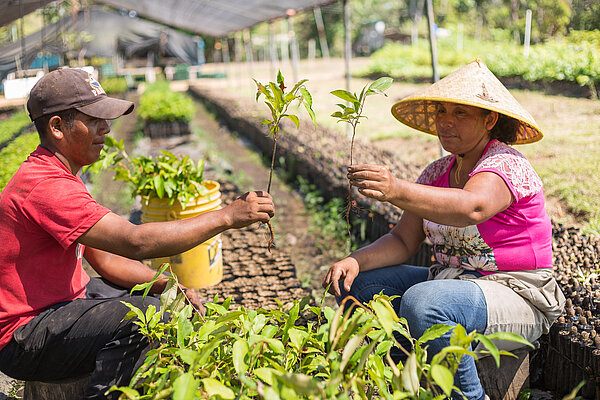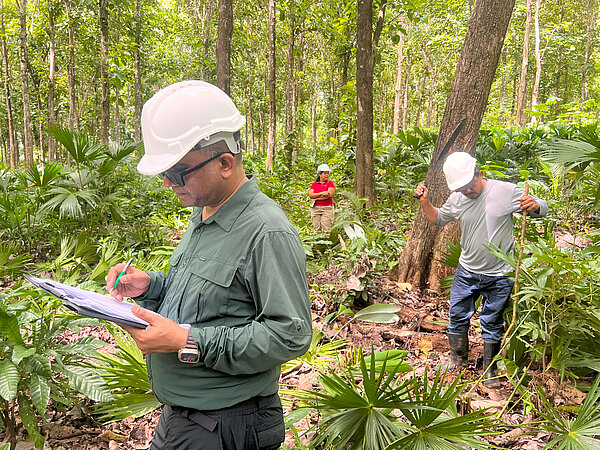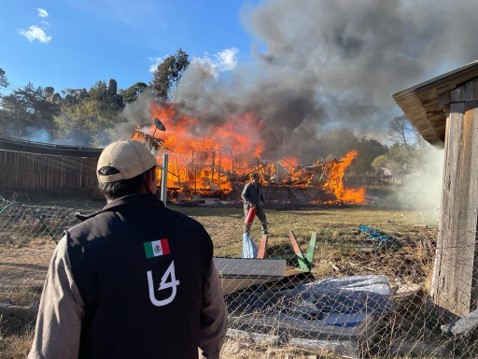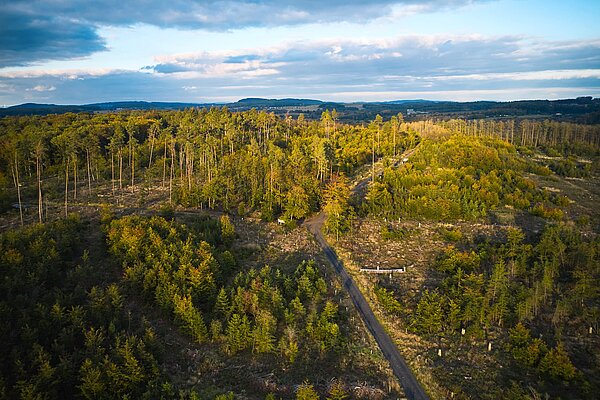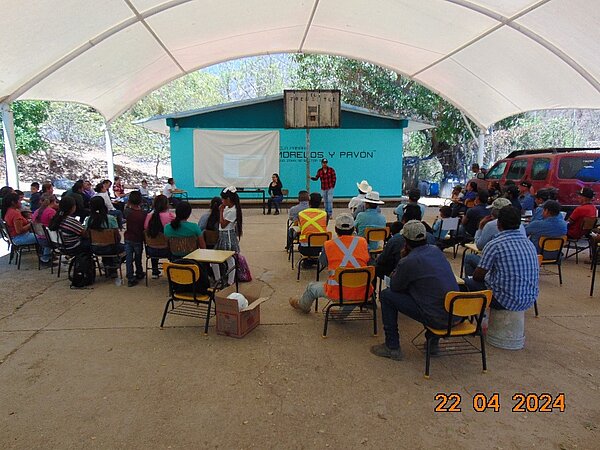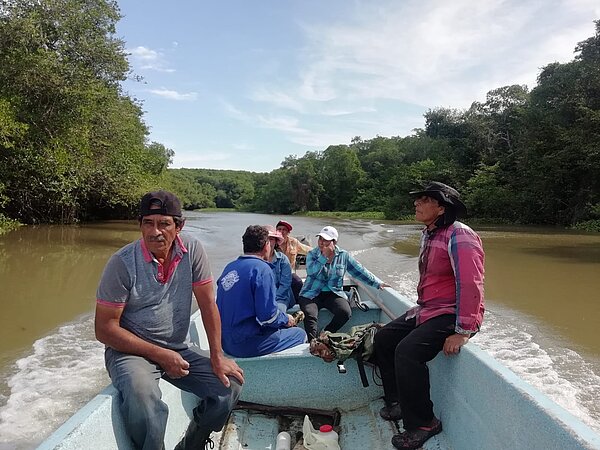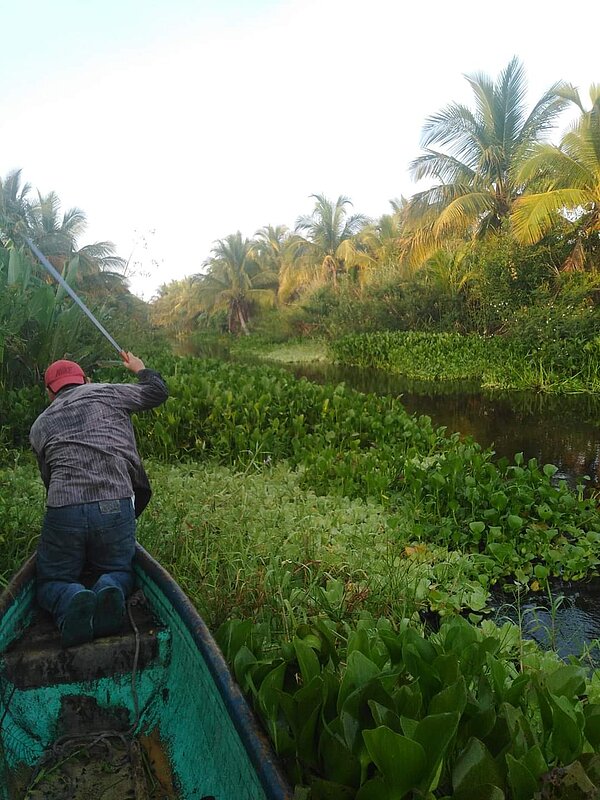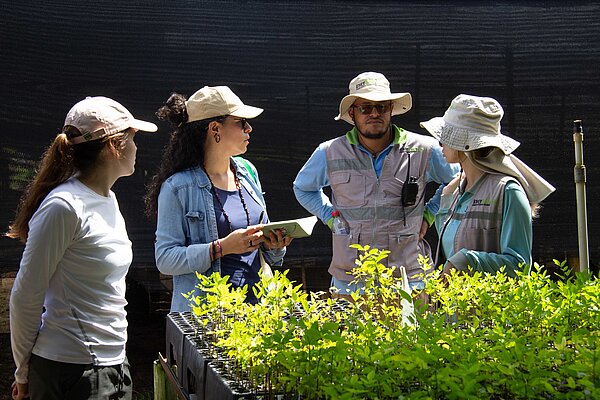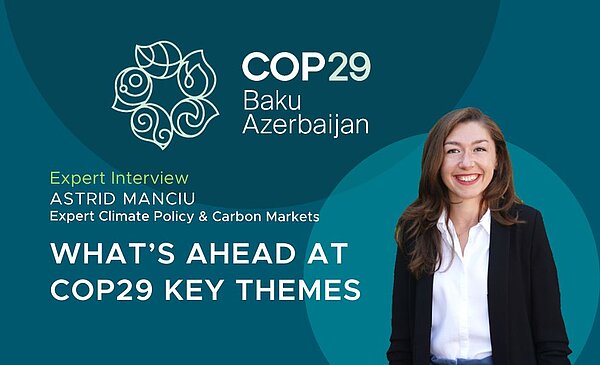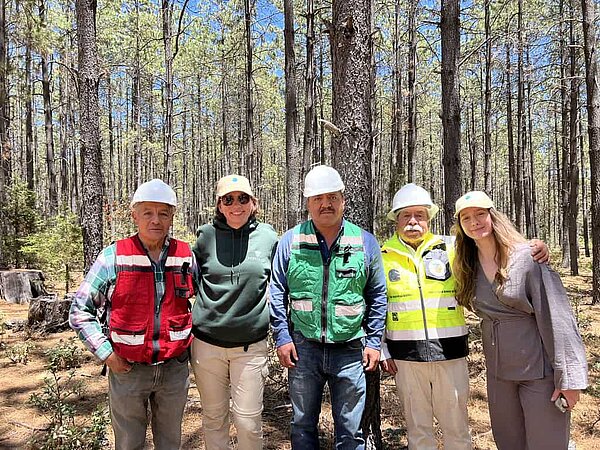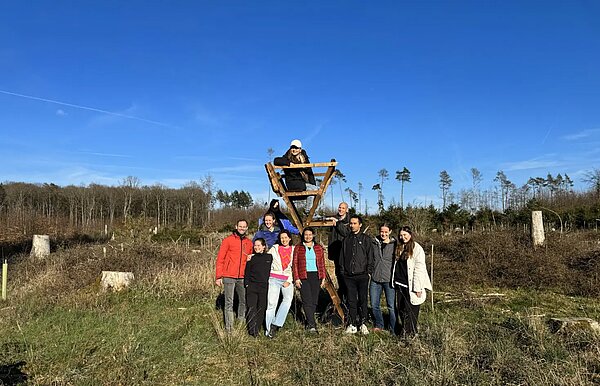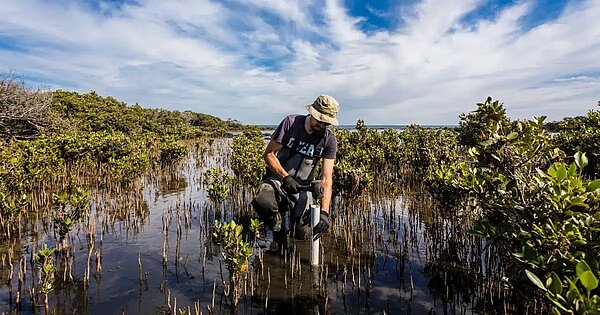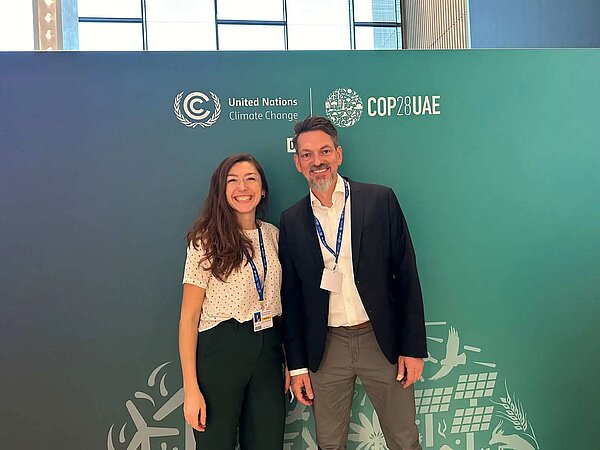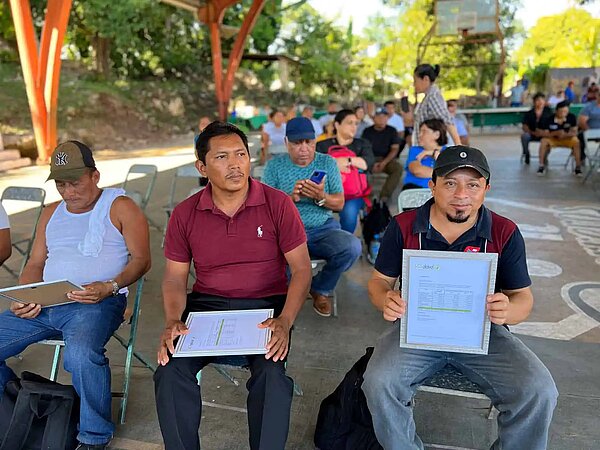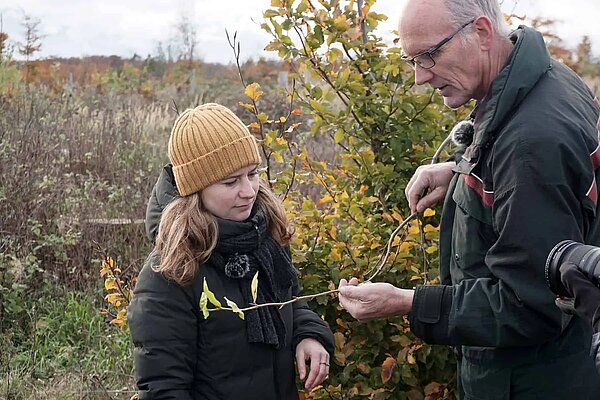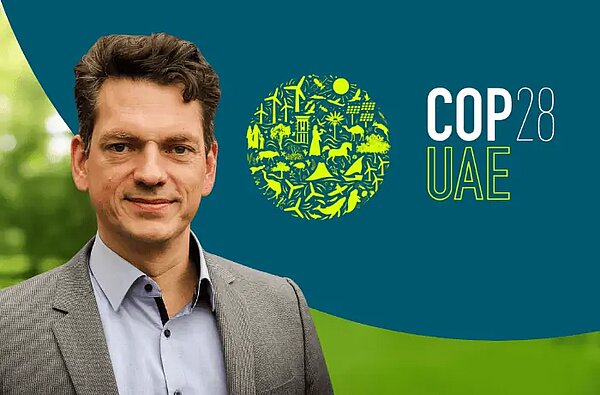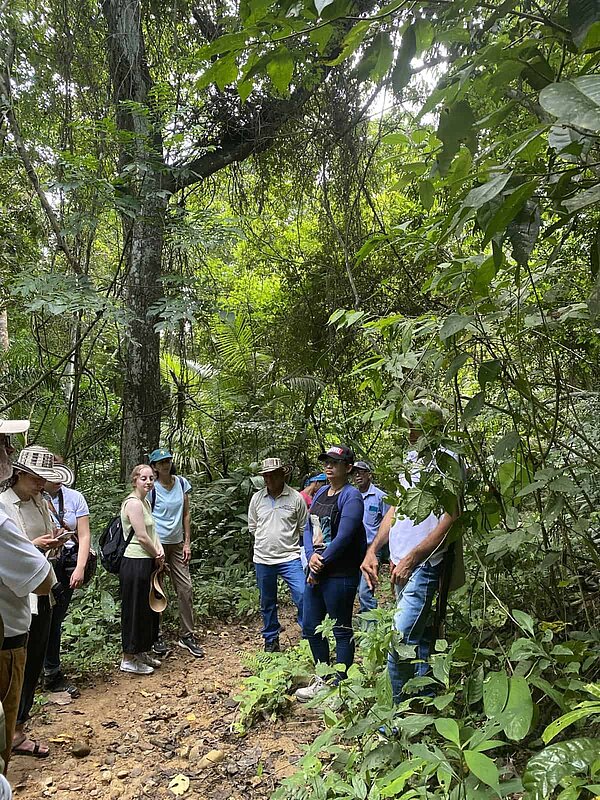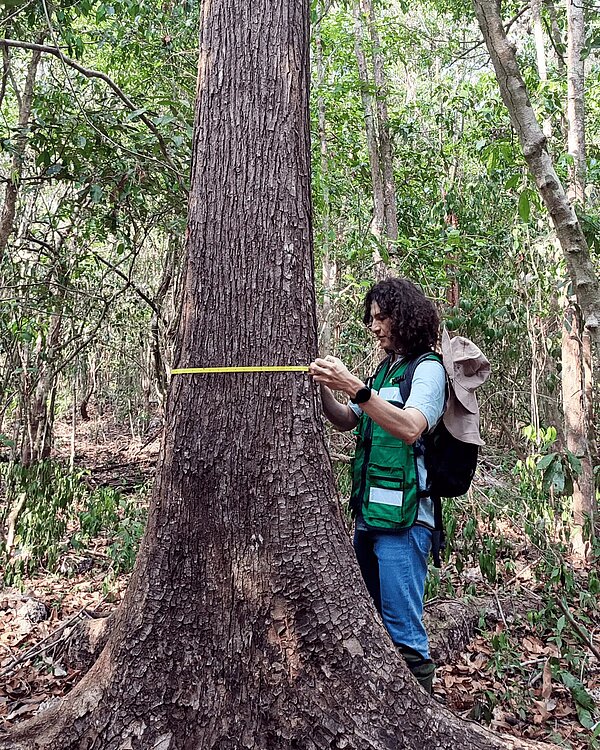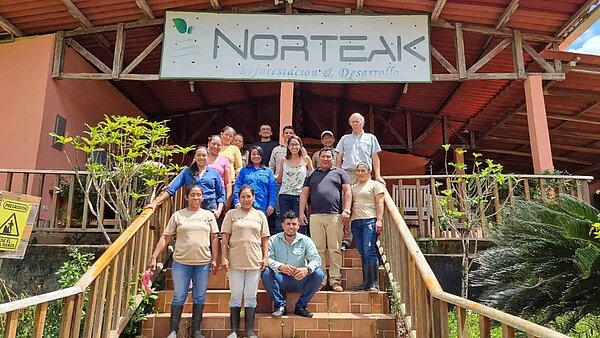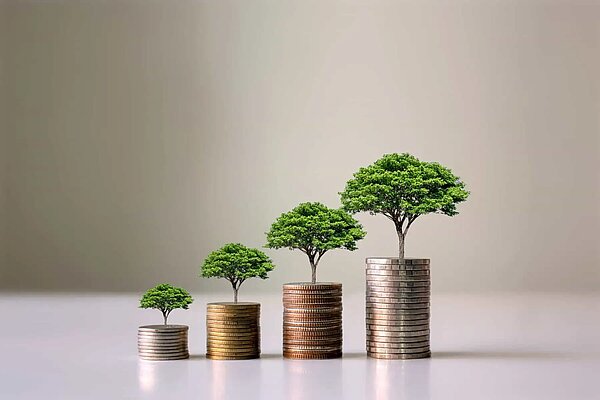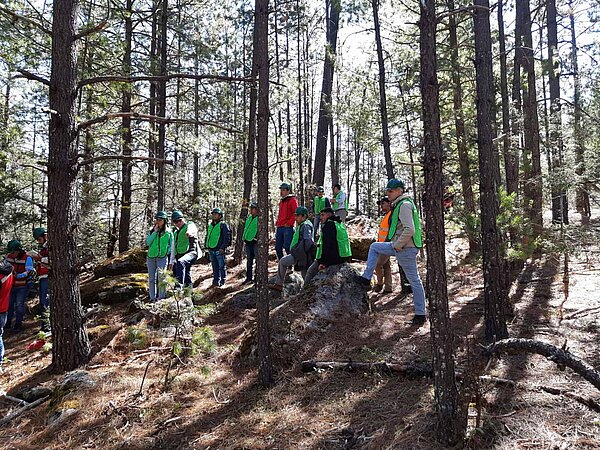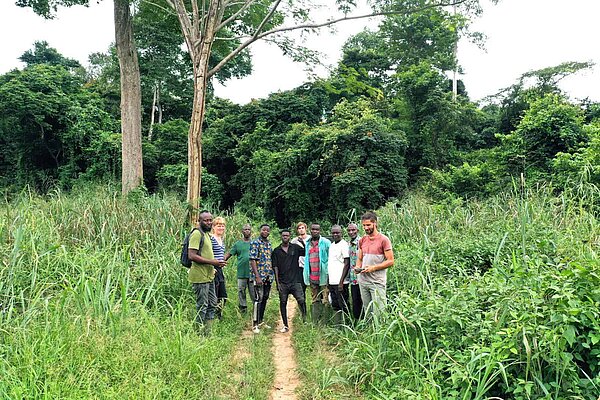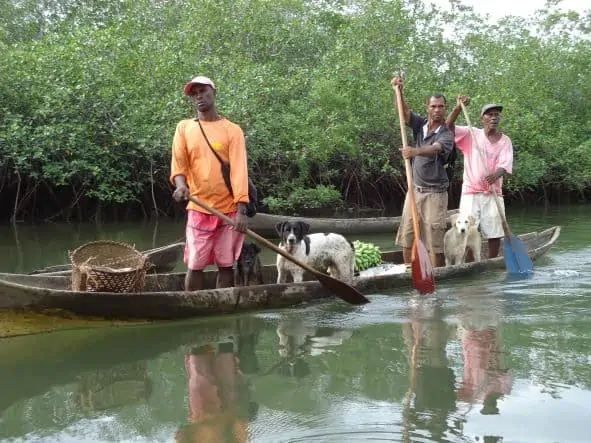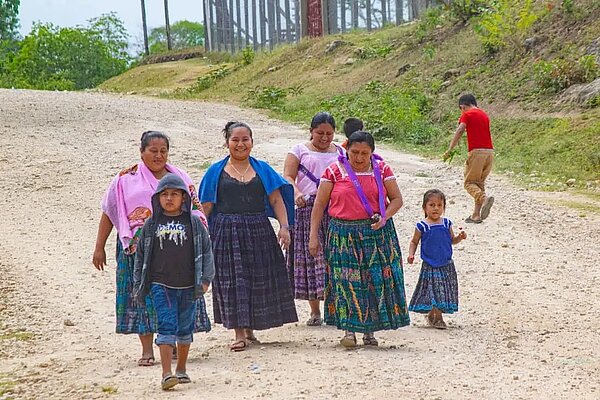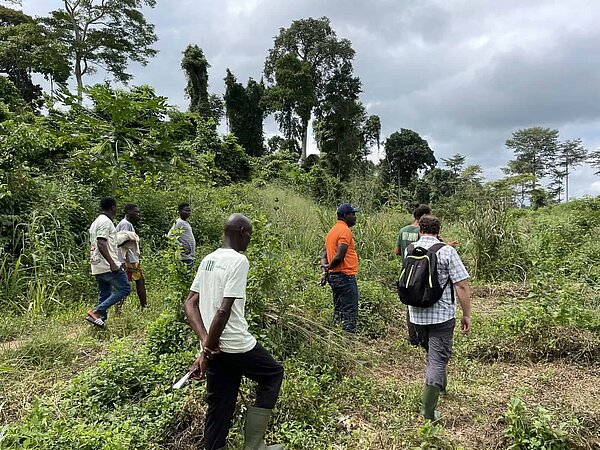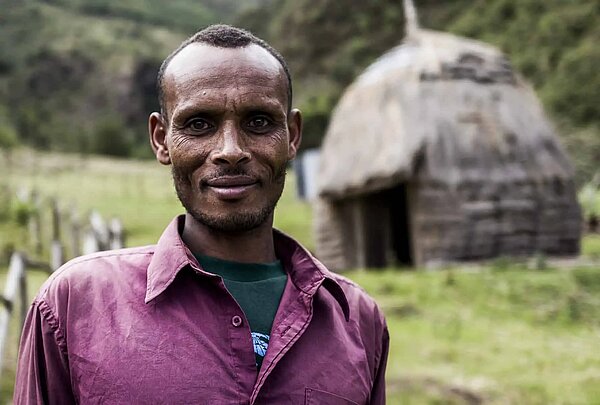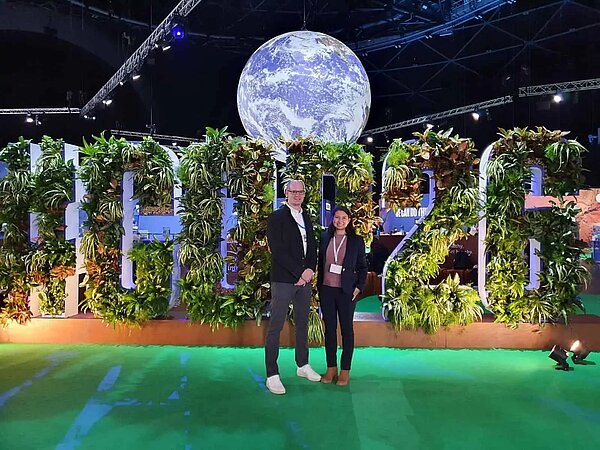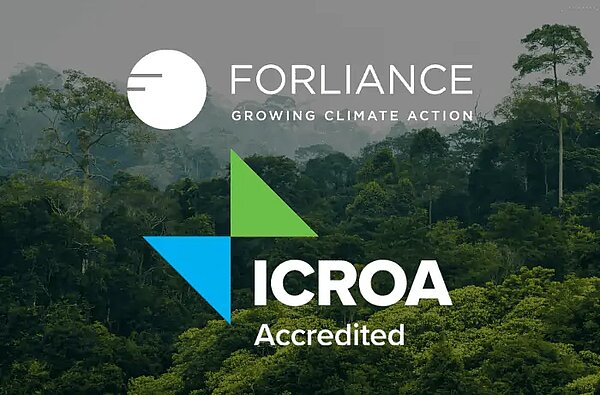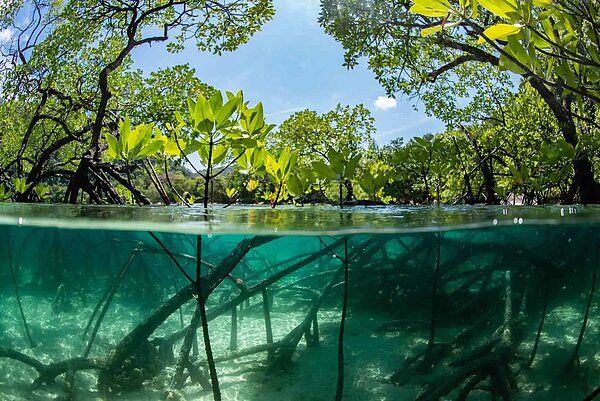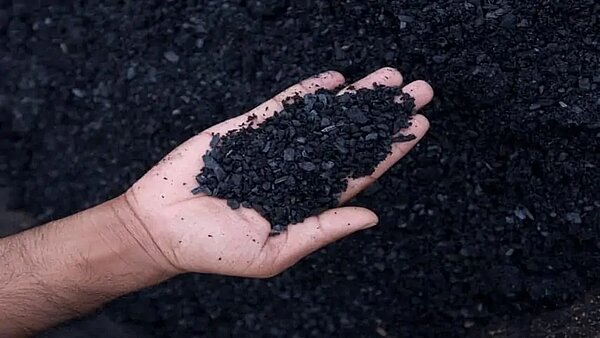Methodology for Biochar Utilization in Soil and Non-Soil Applications is Verra Approved
August 22, 2022
Latest Updates
We are delighted to announce that the new VM0044 Methodology for Biochar Utilization in Soil and Non-Soil Applications, which has been co-developed by FORLIANCE, has been finally released by Verra.
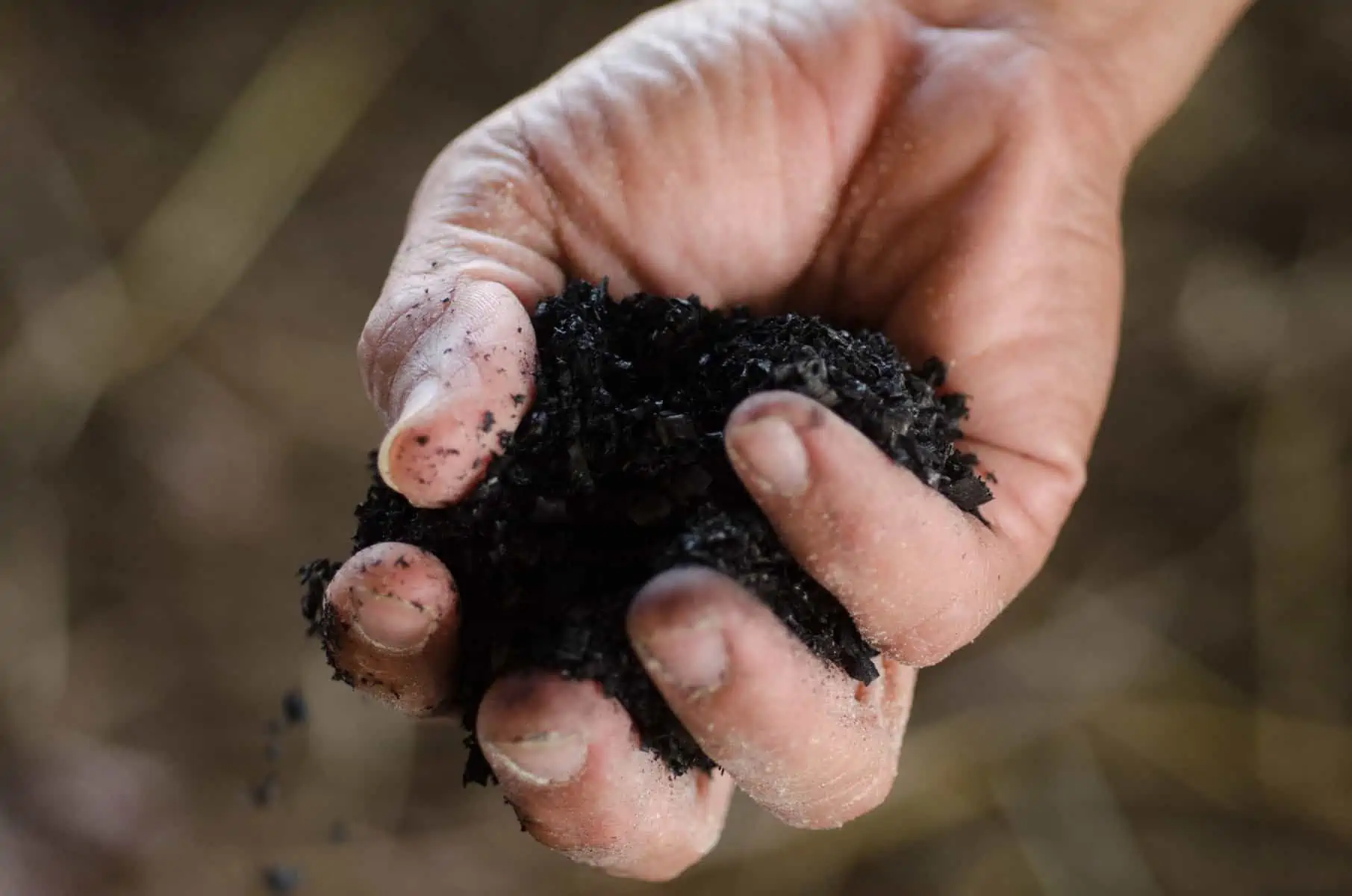
Over the past year, FORLIANCE has been working together with the leading internationally recognized Verra and its consortium partners South Pole, Delaney Forestry and Biochar Works to bring this new methodology approved by the VCS Program – the world’s most widely used voluntary GHG program.
In this article we want to give you insights on biochar and how the approval of this methodology will bring nature-based solutions to the next level.
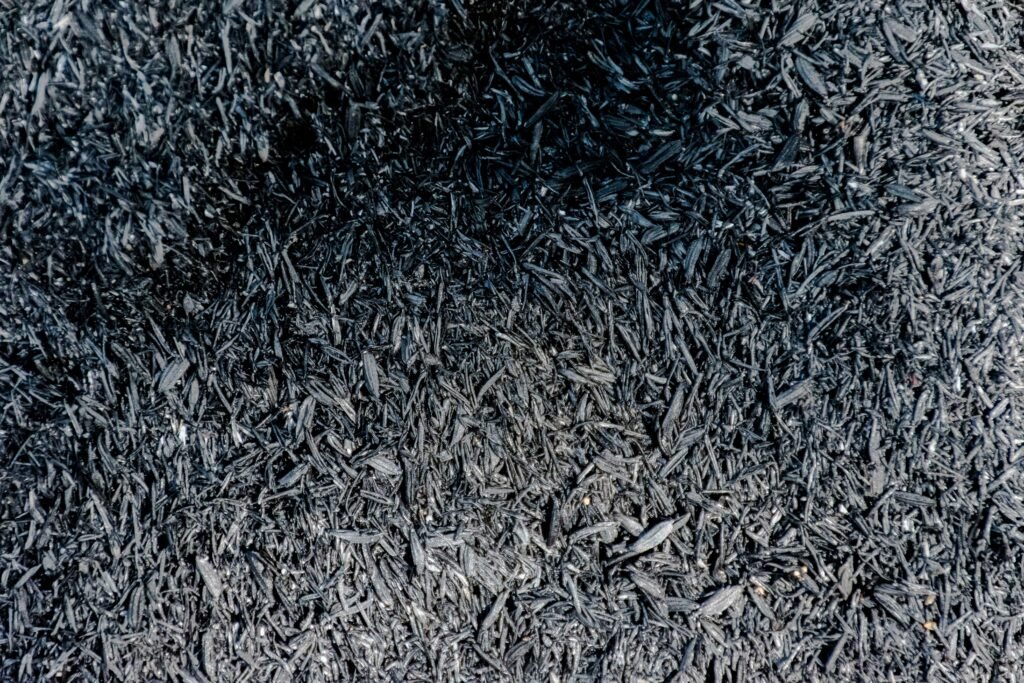
A substantial amount of biochar’s organic carbon will persist in soil for decades to millennia.
But first, what is biochar?
Biochar is a carbon-rich, solid material made from feedstock biomass that offers compelling climate benefits. When incorporated into soils, it is 10 to 100 times more stable than the feedstock from which it was produced, and a substantial amount of biochar’s organic carbon will persist in soil for decades to millennia. Biochar also offers environmental and agricultural benefits such as nutrient retention, improved water holding capacity, and increased aeration. Consequently, biochar is a carbon removal technology with high permanence and stability.

How is biochar made? A simplified visualization.
What is the Methodology good for?
The methodology provides a framework for quantifying emission reductions and removals from the adoption of improved waste handling and disposal of waste biomass practices (i.e., the conversion of waste biomass into biochar). The methodology employs a robust monitoring and accounting framework in the three key stages of a biochar value chain:
1) sourcing of waste biomass,
2) producing biochar, and
3) utilizing biochar in soil or non-soil application.
The methodology is the first global GHG accounting methodology under a standard endorsed by ICROA. This means that climate benefits (i.e., carbon credits) are real, measurable, permanent, independently verified, additional and unique. Biochar projects developed and certified under this methodology will generate long-term carbon removal credits.
Which are the main eligibility criteria of the new VCS Methodology?
The applicable conditions under this version are that new biochar production facilities must meet the following:
Technological scope:
- Only pyrolysis, gasification, and biomass boilers thermochemical process are allowed. Torrefaction and hydrothermal carbonization as processes of biochar production are excluded from this methodology.
- The methodology is applicable to either low or high technology production facilities.
Eligible feedstock:
- purely biogenic waste biomass sourced under sustainable principles. Feedstock categories include: agricultural waste biomass, food process residues, forestry and other wood processing, recycling economy, aquaculture plants, animal manure and high-carbon fly ash.
- Eligible biochar end-use application criteria:
- soil application on land other than wetlands
- Non-soil application such as biochar-amended concrete and building materials
Which type of biomass would be eligible for a biochar carbon project?
To be eligible for a biochar project, initial waste biomass would have been left to decay or would have been combusted for purposes other than energy production. Waste biomass could come from different sources (see graphic below). Future versions may include purpose grown feedstocks. Lastly, the methodology discourages transportation of waste biomass over long distances, especially among countries and between continents to support the transition towards the low-carbon and sustainable economy.
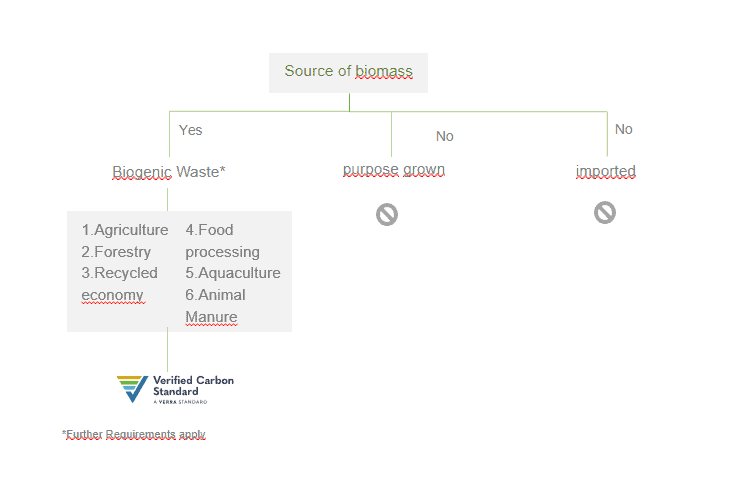
In regards of technology options, which biochar production system would be eligible and for which final uses?
The methodology has two biochar production systems:
- High technology production systems that are self-sustain systems and capture or combusted the gases avoiding to be released into the atmosphere, and the
- Low technology production systems, which are suited for low*scale biochar production. The latter may not have a heat and gases recovery system.
The VCS biochar methodology considers both cases and gives further guidelines for both cases.
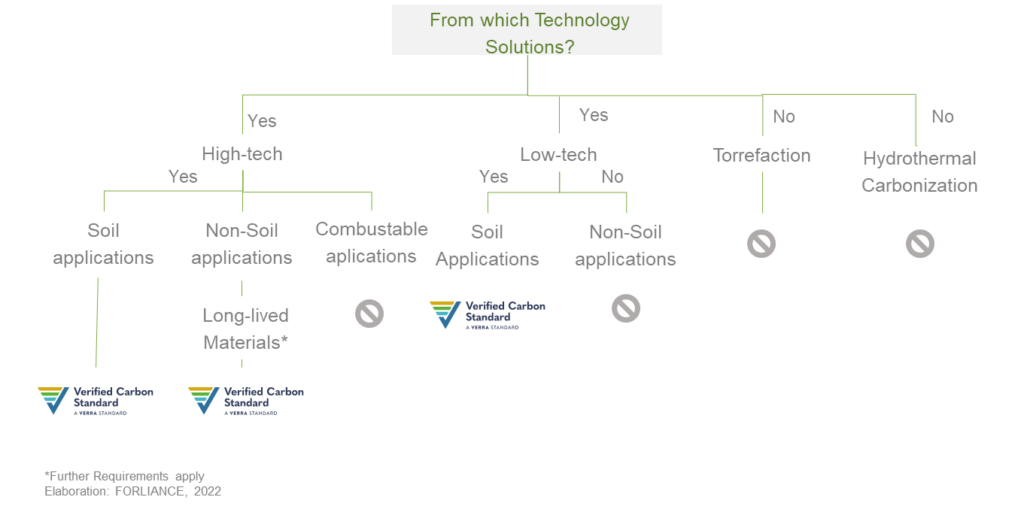
FORLIANCE has co-authored the methodology with its consortium partners.
The process involved an active stakeholder consultation with different actors from the biochar realm: producers, technology providers, academia, project developers, biochar users. The methodology is based on the latest science available on biochar carbon permanence (over 100 years) and GHG accounting providing high-quality verified removal credits.
On parallel of the biochar methodology development, FORLIANCE has been working with its business partner developing multiple feasibility studies to assess the carbon potential of global biochar projects in the global south. At FORLIANCE, we take climate action proactively, and therefore, have support the development of this methodology, which will contribute to unfold biochar projects at small, medium and large scale, together with its multiple positive co-benefits for ecosystem resilience, increase in soil health and ecosystem restoration.
Our Director Natural Carbon Solutions Andrea Vera was strongly involved in the development of the methodology. “Carbon dioxide removal solutions such as biochar are decisive to reach our global climate targets”, Andrea emphasizes. “The approved VCS methodology for biochar utilization is a key milestone to ensure the development of high-quality carbon removal projects. Our business partners can support the adoption and scale-up of biochar practices by developing integer climate projects with FORLIANCE and therefore, send a strong market signal on the use of verified carbon removal credits to reach their corporate climate targets”
Do you want to start your own biochar project or certify your already running production?
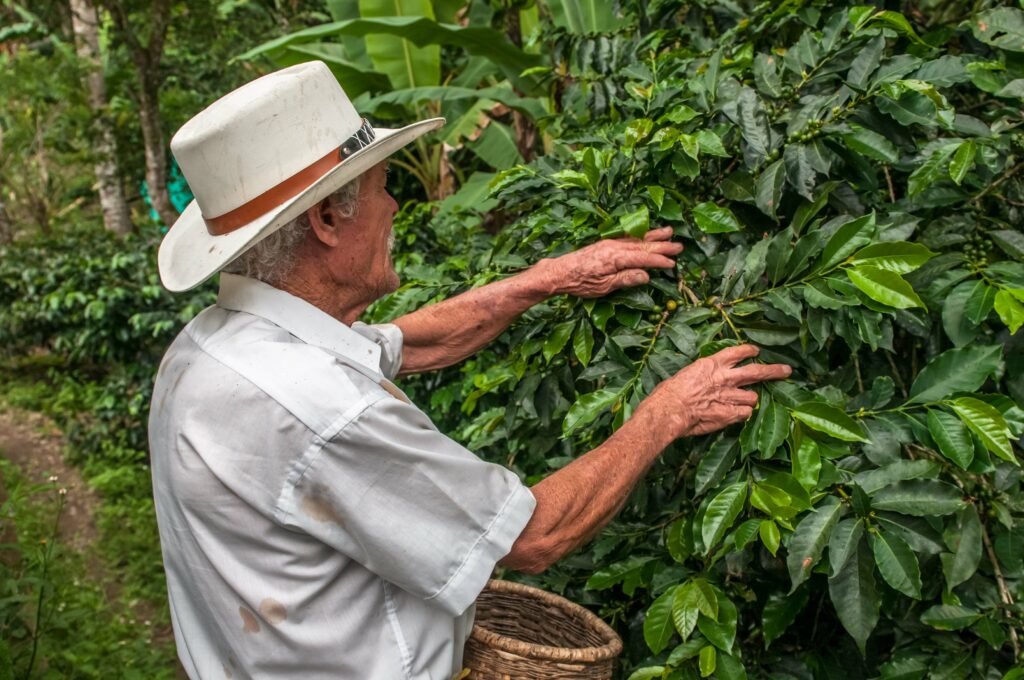
Biochar has various advantages due to its properties. Because it is a natural product that has fewer negative impacts on the environment.
Benefit from FORLIANCE experience and wide network by partnering with us. Let us get in touch!
Subscribe to our Newsletter and never miss an update.

